The 1980s and 1990s were pivotal decades for video gaming, and the advertisements from this era provide a fascinating glimpse into the past. These ads, published in gaming magazines of the time, reveal just how different the world of video game marketing was 40 years ago. For many, the gaming news came from glossy magazines that were often weeks behind real-time events. By looking at these ads today, it’s clear that marketers weren’t always in sync with their audience, particularly as the video game market began to mature.
The Rise and Fall of Arcade Games in the 1980s
In the early 1980s, arcade games were at their peak, and the industry was booming. The U.S. arcade video game market alone generated an astounding $5 billion in revenue annually by 1981. The number of arcades doubled between 1980 and 1982. Companies like Atari ruled the arcade market, and their ads were everywhere, often targeting young males, who were seen as the primary demographic.
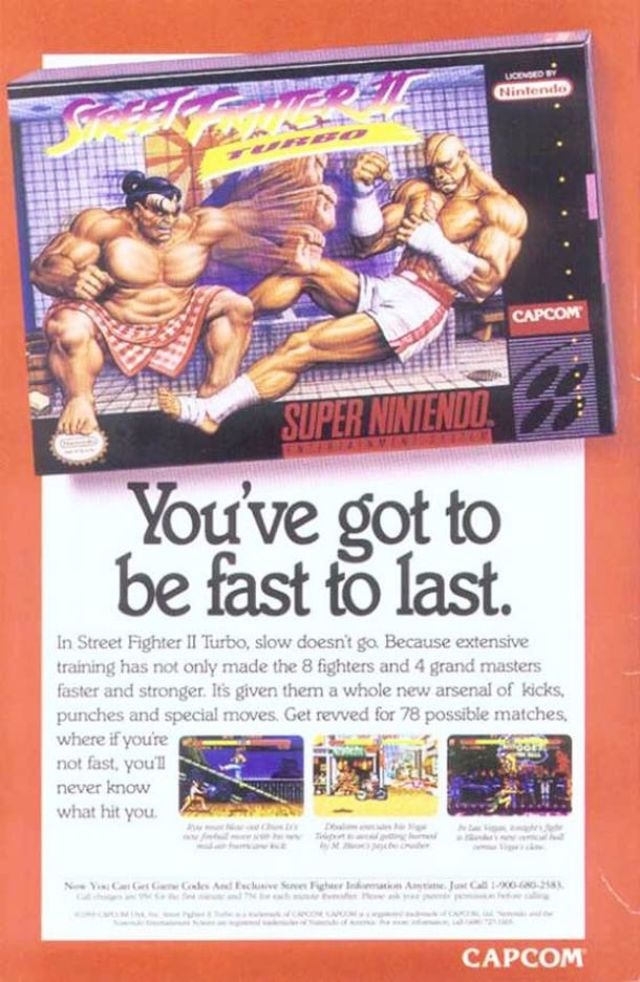
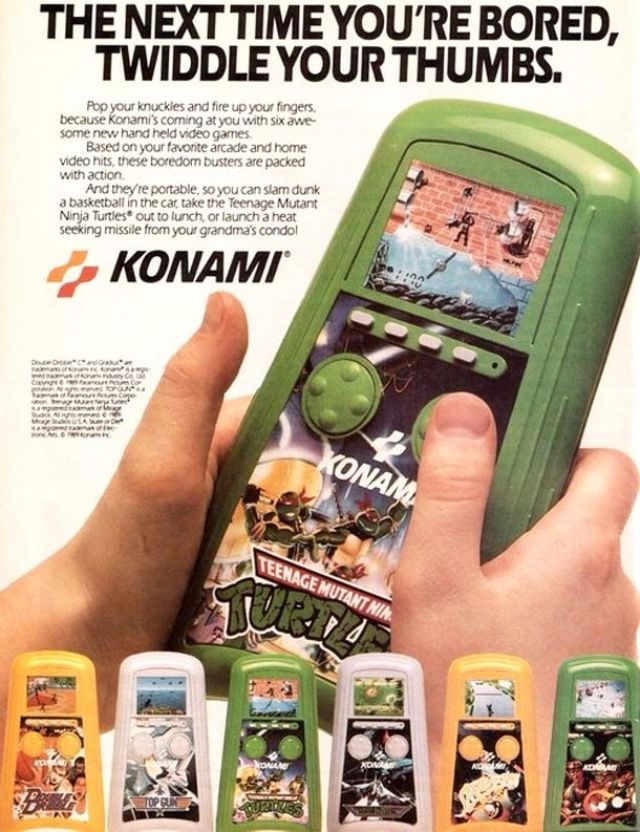
Arcade games weren’t just a form of entertainment—they were a cultural phenomenon that extended beyond gaming. Major films and music embraced the influence of video games. For instance, in 1982, the song “Pac-Man Fever” hit the Billboard Hot 100, while the film Tron became a cult classic.
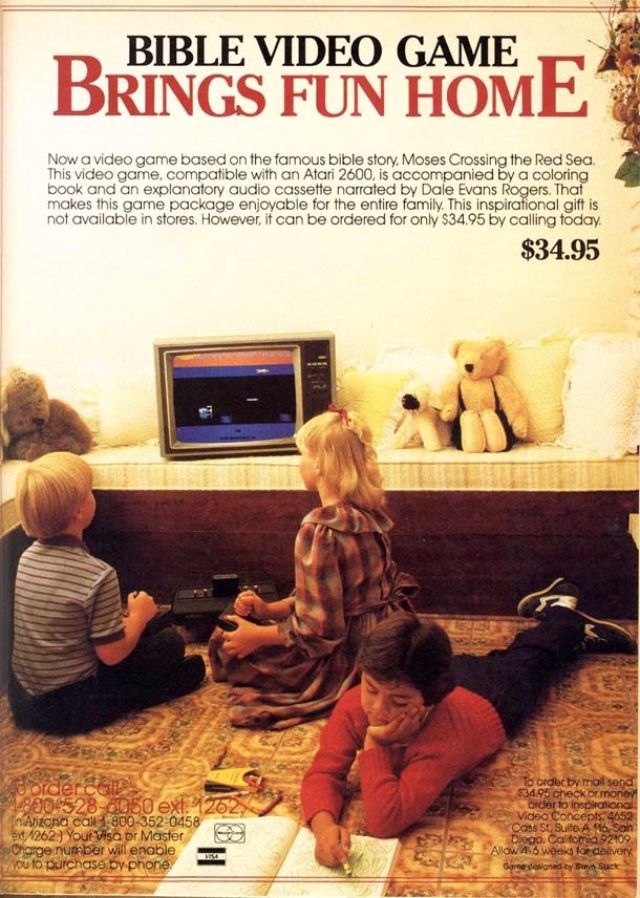
During this time, a key event in video game history unfolded: Atari’s top programmers left the company to form Activision in late 1979. Activision became the first third-party developer for the Atari 2600, and while Atari sued them for copyright infringement, the two companies eventually came to an agreement. This allowed third-party developers to create games for Atari hardware, a groundbreaking move that would shape the future of gaming.

Video
Watch the video “90s Video Game PSA” for a nostalgic look at gaming in the ’90s!
The Market Crash of 1983 and the Decline of Home Consoles
Despite the early success of arcade games and home consoles, the market soon faced a major crash in 1983. The video game industry suffered from oversaturation. Too many consoles and subpar games flooded the market, leading to a massive downturn. Atari reported a $536 million loss that year, and several major companies, including those making computers and consoles, filed for bankruptcy.
The infamous E.T. the Extra-Terrestrial game, released by Atari, became a poster child for the failure. The game was such a commercial disaster that unsold copies were buried in the New Mexico desert. The collapse of the home console market was severe, but computer gaming continued to thrive. Machines like the Commodore 64 and ZX Spectrum were affordable and allowed players to enjoy a rich gaming experience without the expensive hardware associated with consoles.
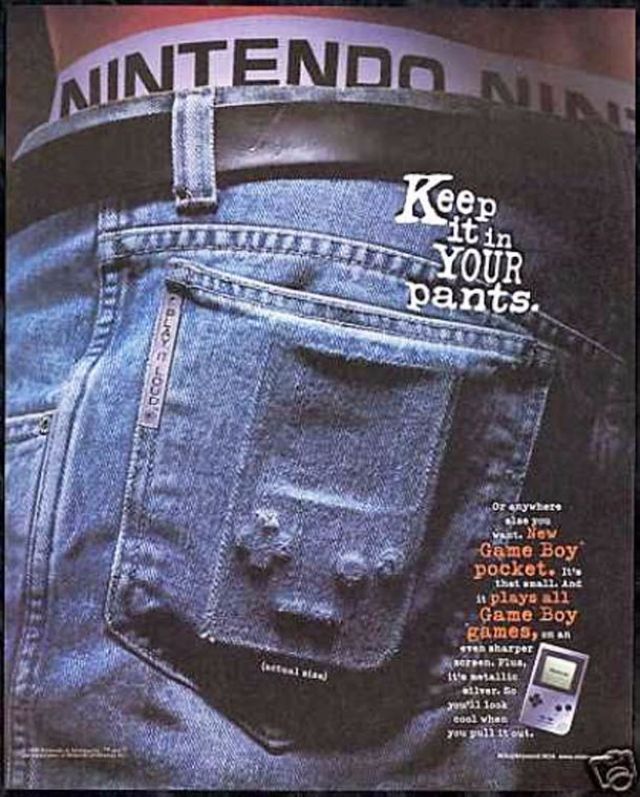
The Emergence of Home Computers as Gaming Platforms
As the video game industry floundered in the mid-1980s, home computers gained traction as gaming devices. Systems like the IBM PC compatible machines offered more memory and higher resolutions than consoles, although they lacked the specialized hardware that enabled consoles to run games with smooth graphics.

During this period, many computer companies aggressively marketed their machines as the ideal platform for gaming. At the same time, these machines were marketed to parents as educational tools. This dual appeal helped boost the popularity of home computing. Many indie game developers took advantage of home computers to create games on a shoestring budget. Notable titles, such as Karateka, were developed by passionate programmers working on systems like the Apple II.

The Revival of Home Consoles: The Nintendo Entertainment System
After several difficult years for home consoles, Nintendo revived the market in the mid-1980s. The Nintendo Entertainment System (NES) was a significant innovation, offering unique games and an affordable way to enjoy a full gaming experience at home. Despite initial skepticism from critics, the NES became a massive success, reviving interest in home consoles across North America and beyond.
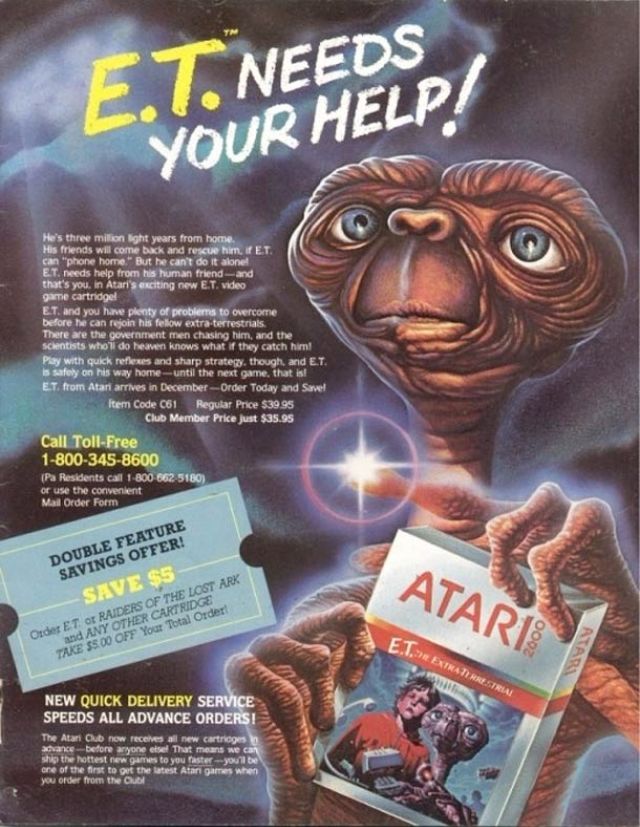
One of the keys to Nintendo’s success was its ability to create engaging narratives on relatively inexpensive hardware. While home computers had a strong track record for story-driven games, consoles had only recently begun to adopt this approach. Nintendo’s success was also fueled by its innovative approach to licensing, requiring third-party developers to adhere to strict regulations and quality standards.
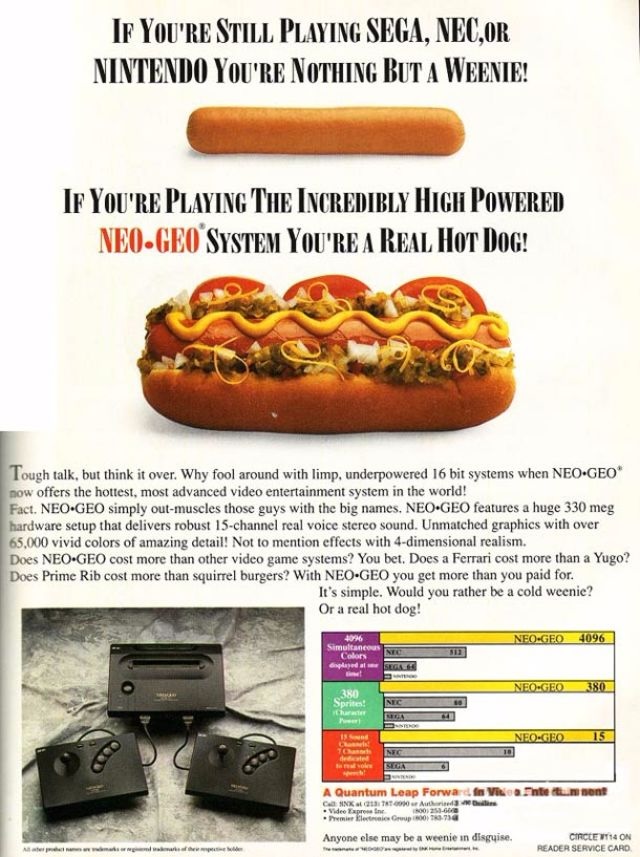
Nintendo’s Influence: Shaping the Industry’s Future
Nintendo’s efforts to regulate third-party developers were pivotal in preventing another market crash. The company introduced a “lock and key” system to prevent reverse engineering, ensuring that developers couldn’t bypass the system’s limitations. Additionally, Nintendo required developers to pay for cartridges upfront, ensuring that the financial risks fell on them, rather than the console manufacturers.
This shift marked the beginning of a new era for video games—one in which consoles became a fixture in homes worldwide, and the gaming industry was set on a path to long-term success.

The Legacy of 1980s and 1990s Video Game Ads
Looking back at the ads from the 1980s and 1990s, it’s clear that they reflect the evolving nature of the gaming industry. From the awkward, goofy attempts to appeal to teenage boys to the more polished, sophisticated marketing strategies of later years, these ads show just how far video game marketing has come. They also highlight how much the gaming world has changed—both in terms of the technology used and the way games are perceived by society.

The vintage ads from these decades, whether they were wildly off the mark or surprisingly insightful, played an integral role in shaping the video game culture we know today. The colorful imagery, the quirky slogans, and the bold promises of excitement and adventure all contributed to an atmosphere of excitement that captivated millions. For many, these ads remain a nostalgic reminder of the golden age of gaming—a time when arcades were a social gathering place, home consoles were a new frontier, and video games were just beginning to become a cultural force.
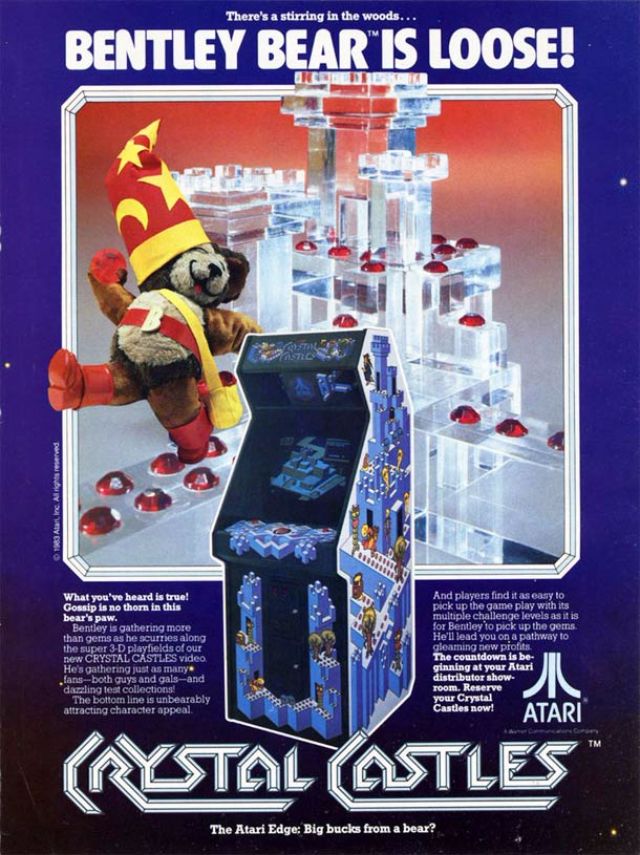
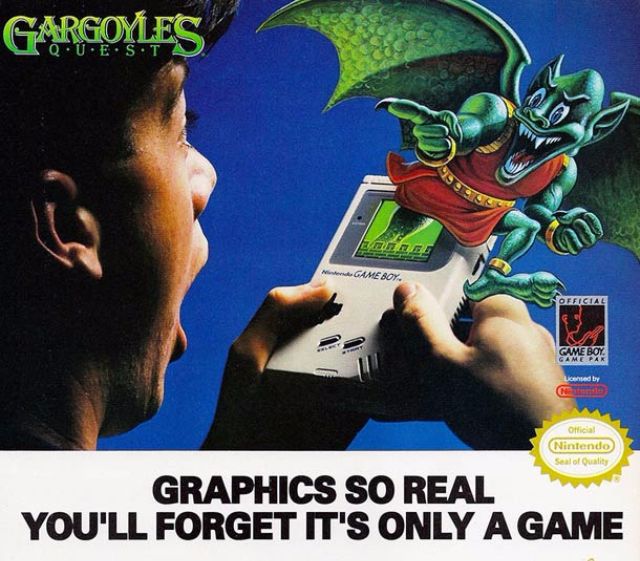
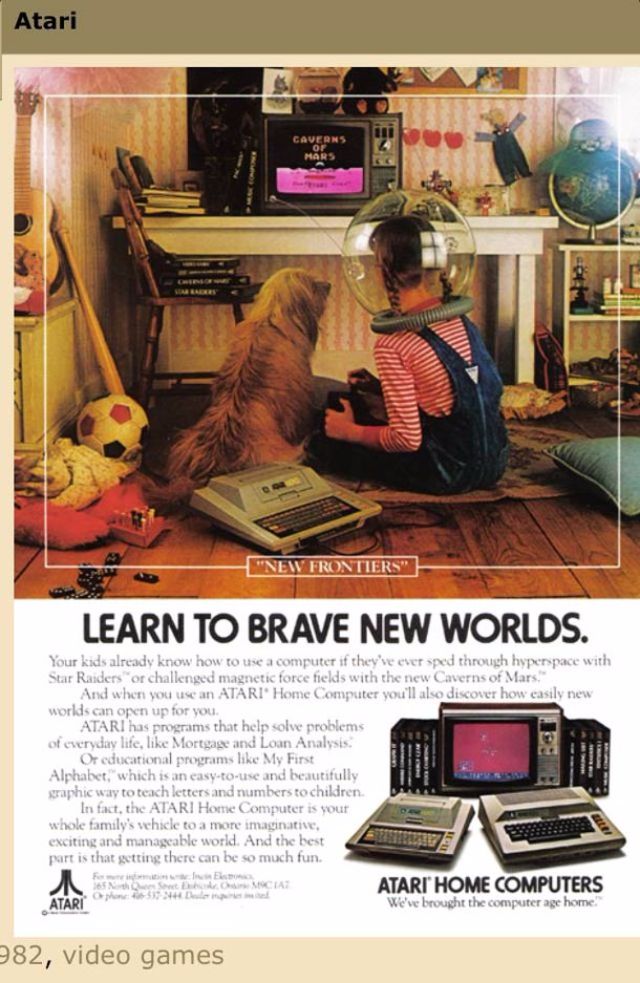

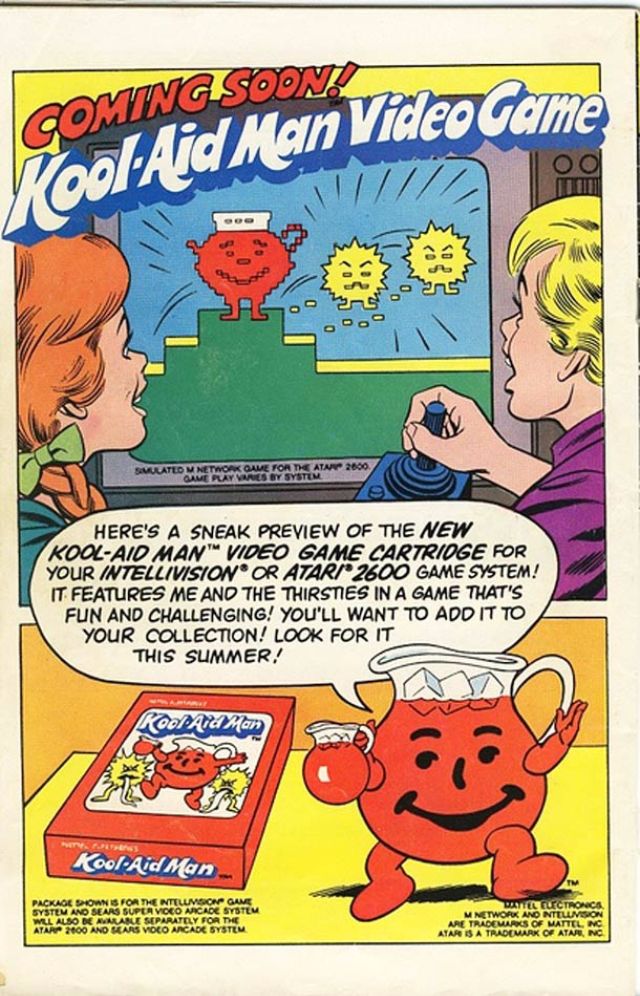
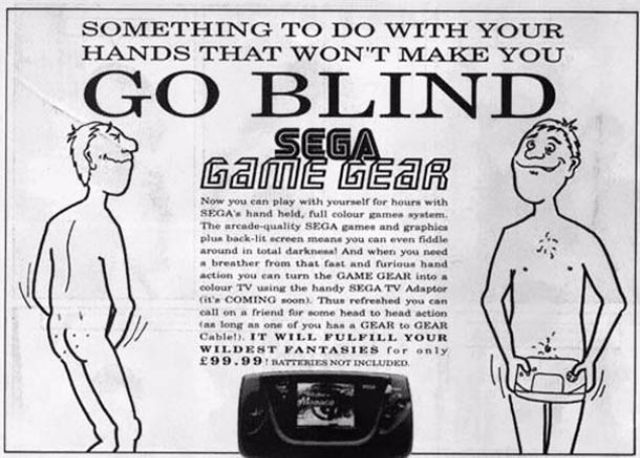



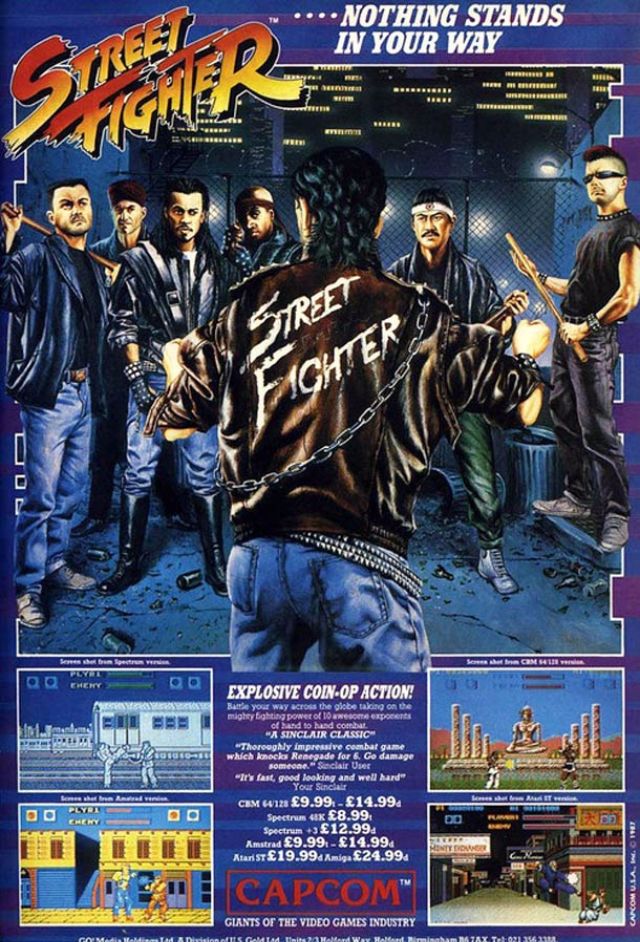
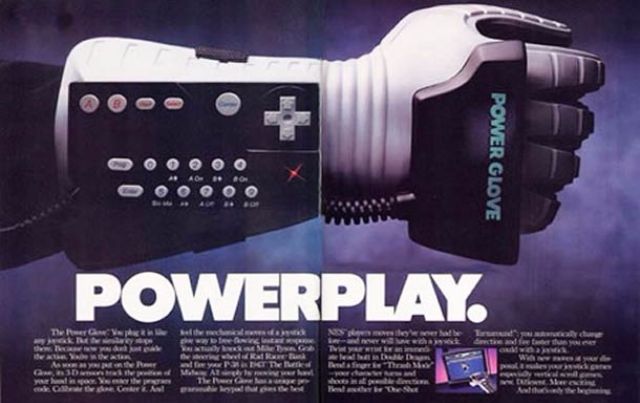
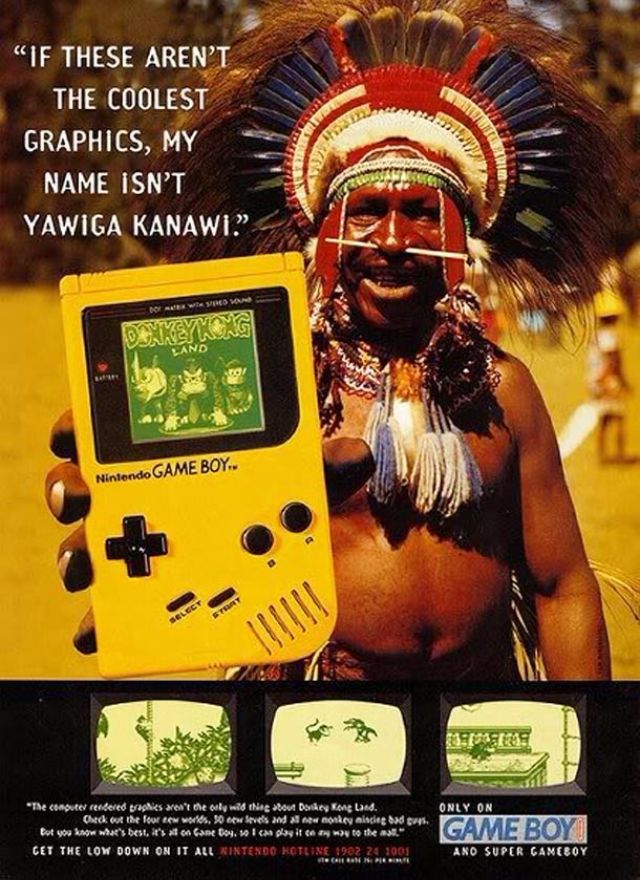

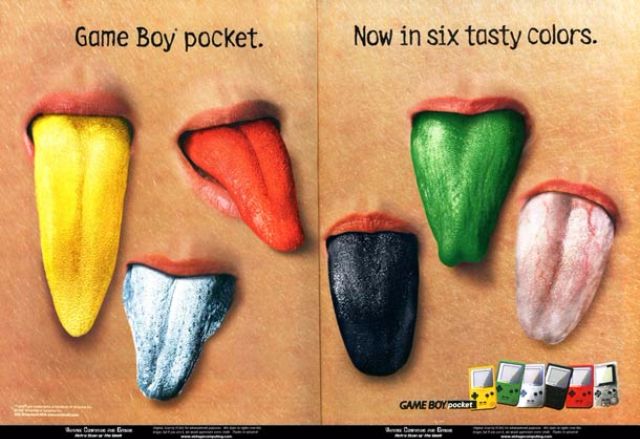
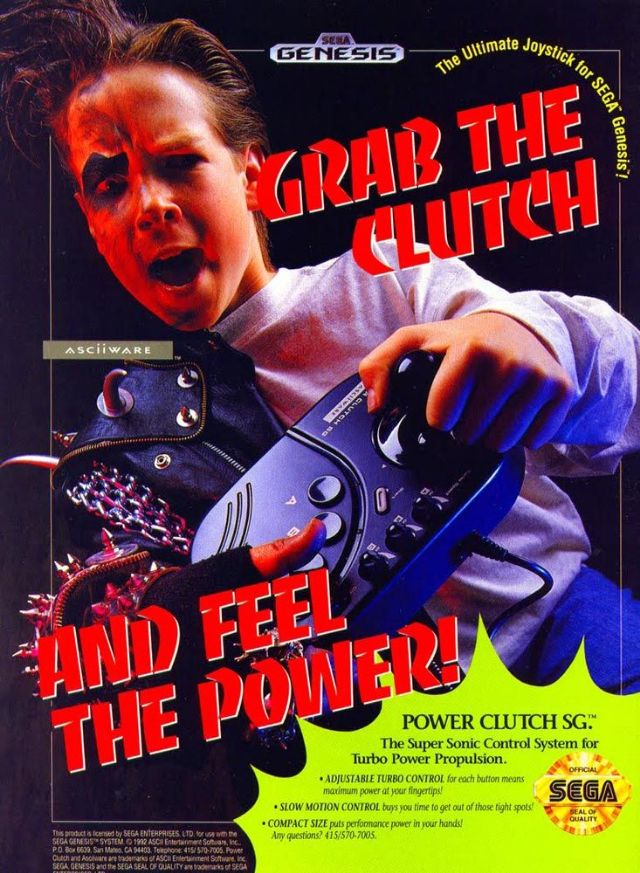
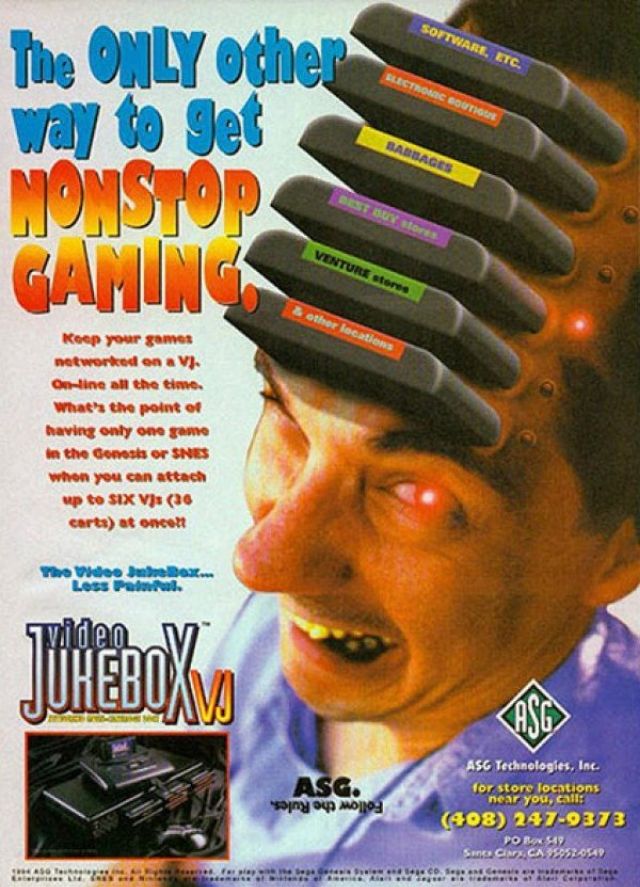
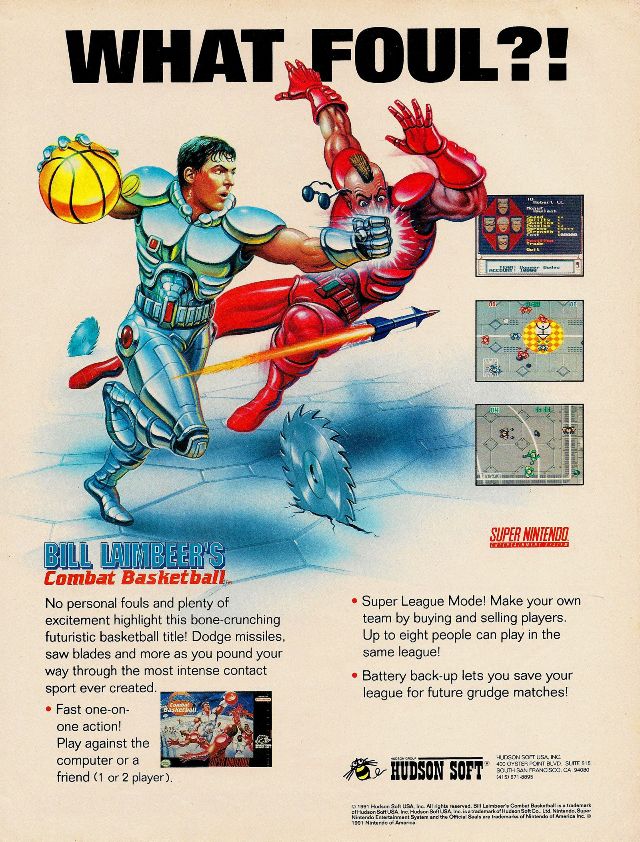
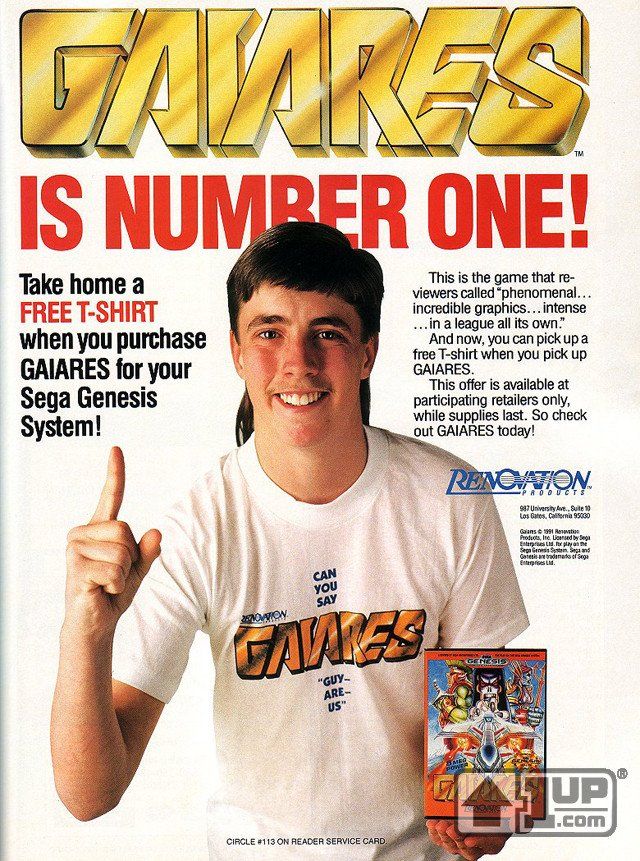
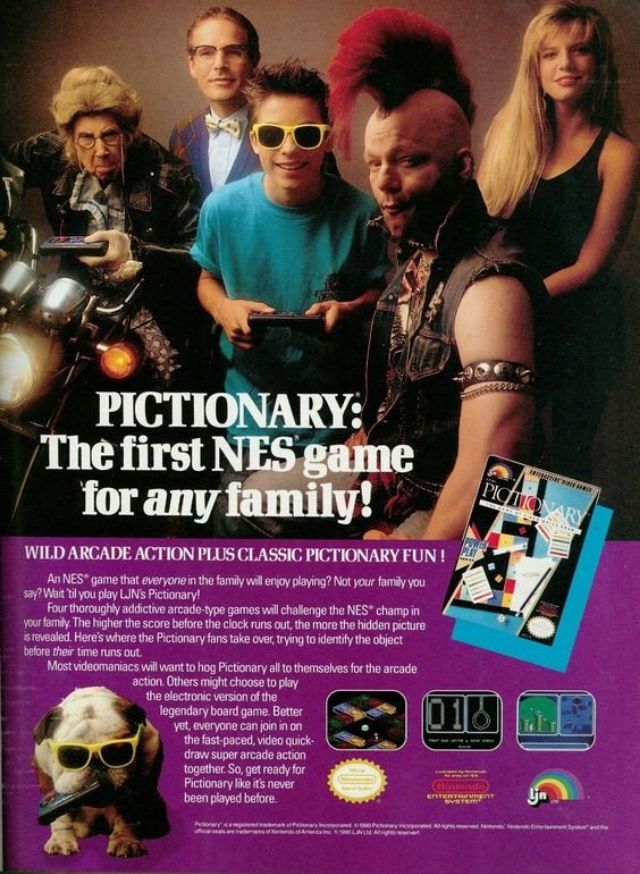
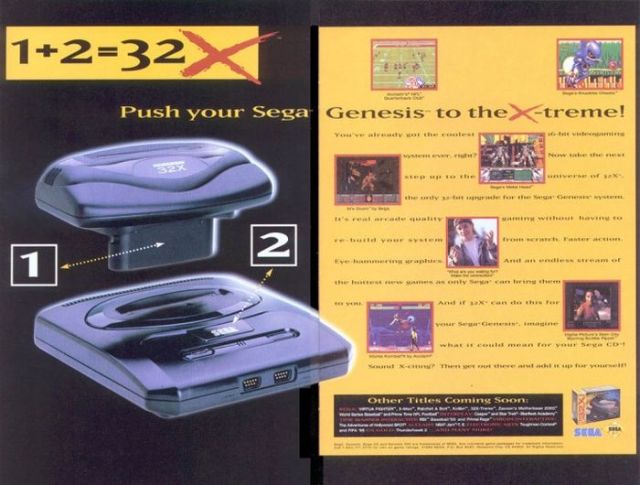


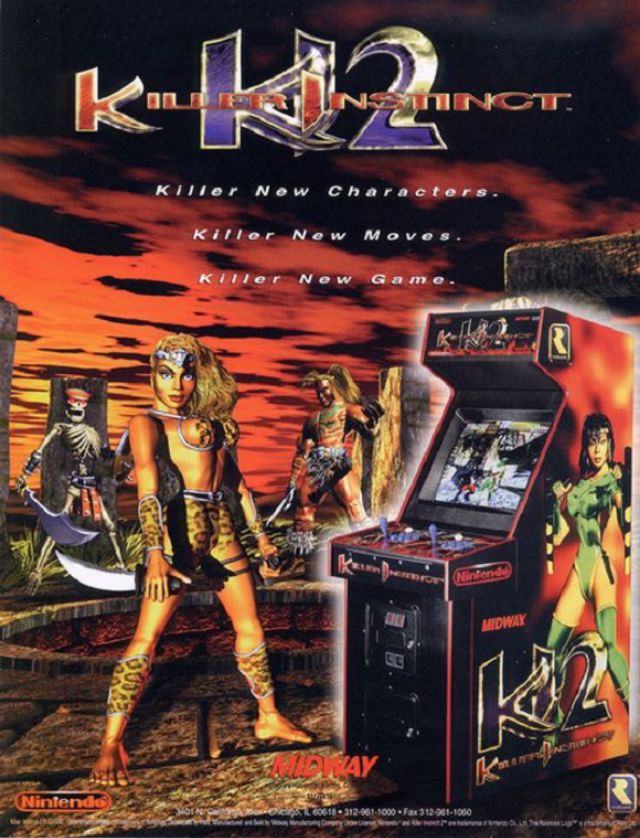
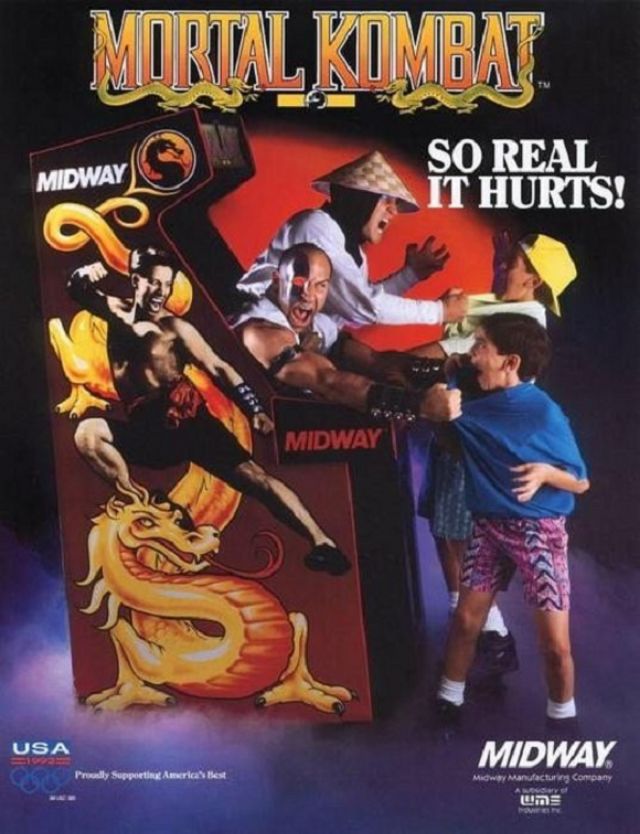
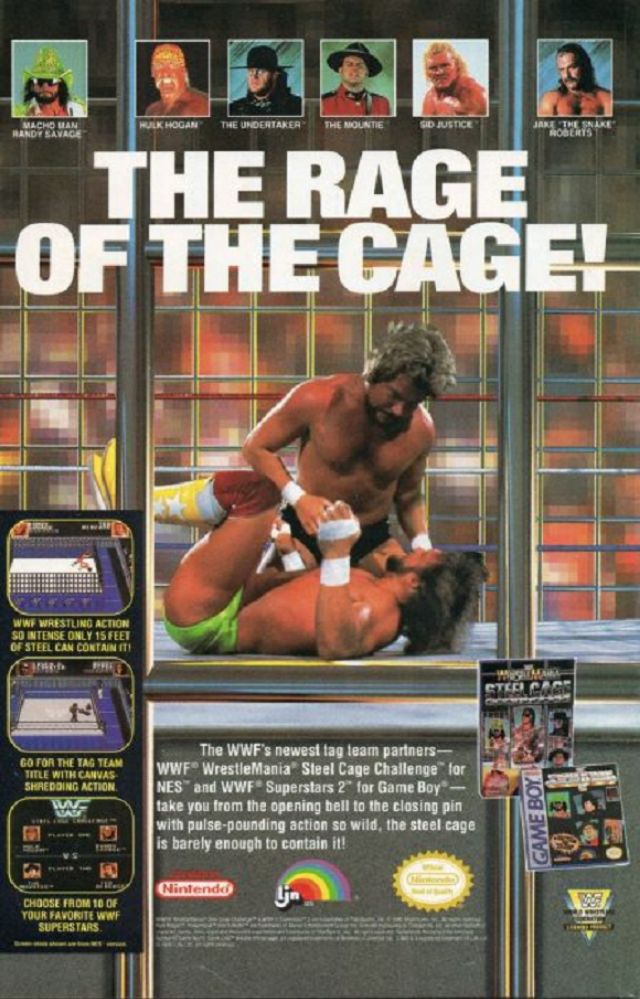


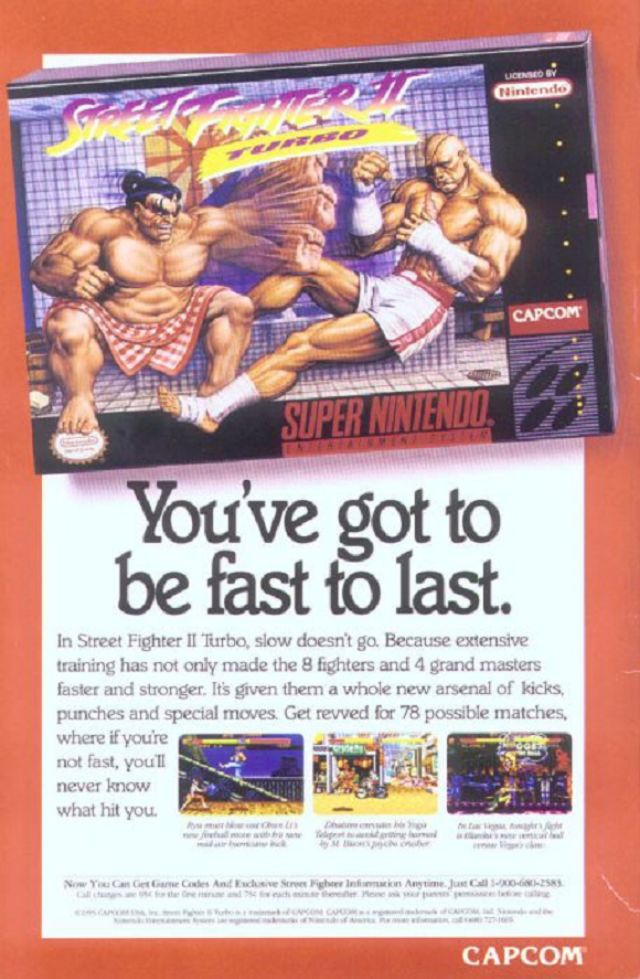
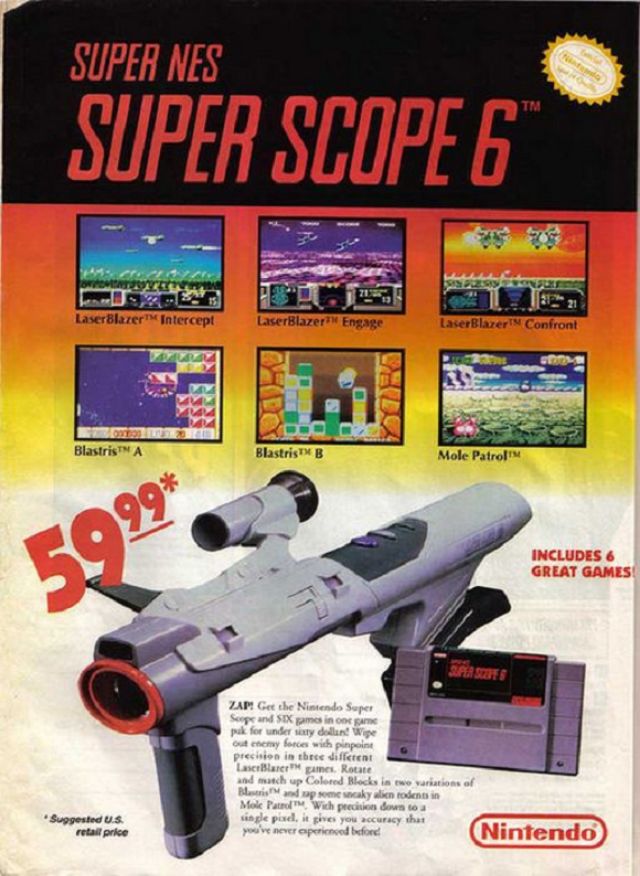
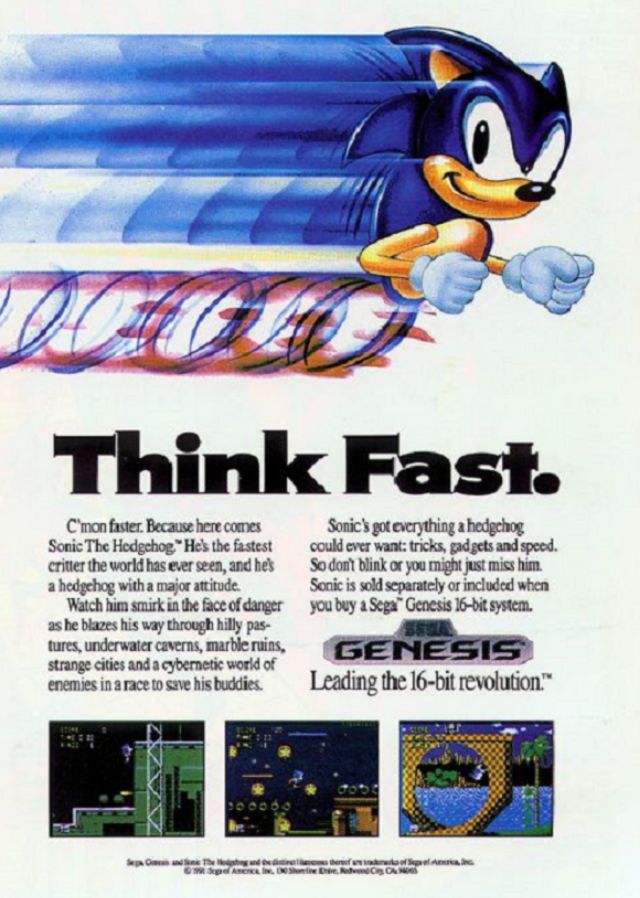

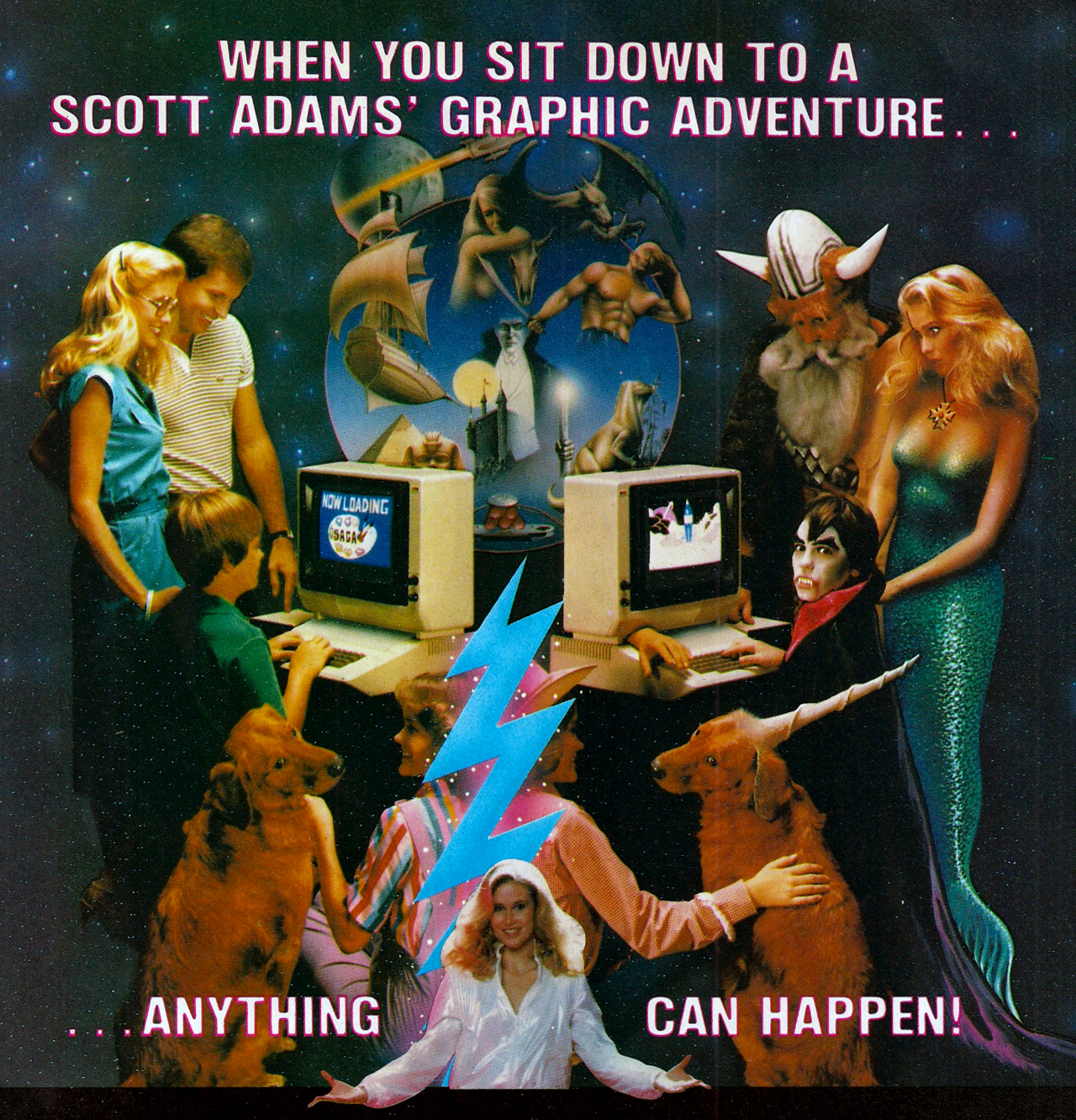


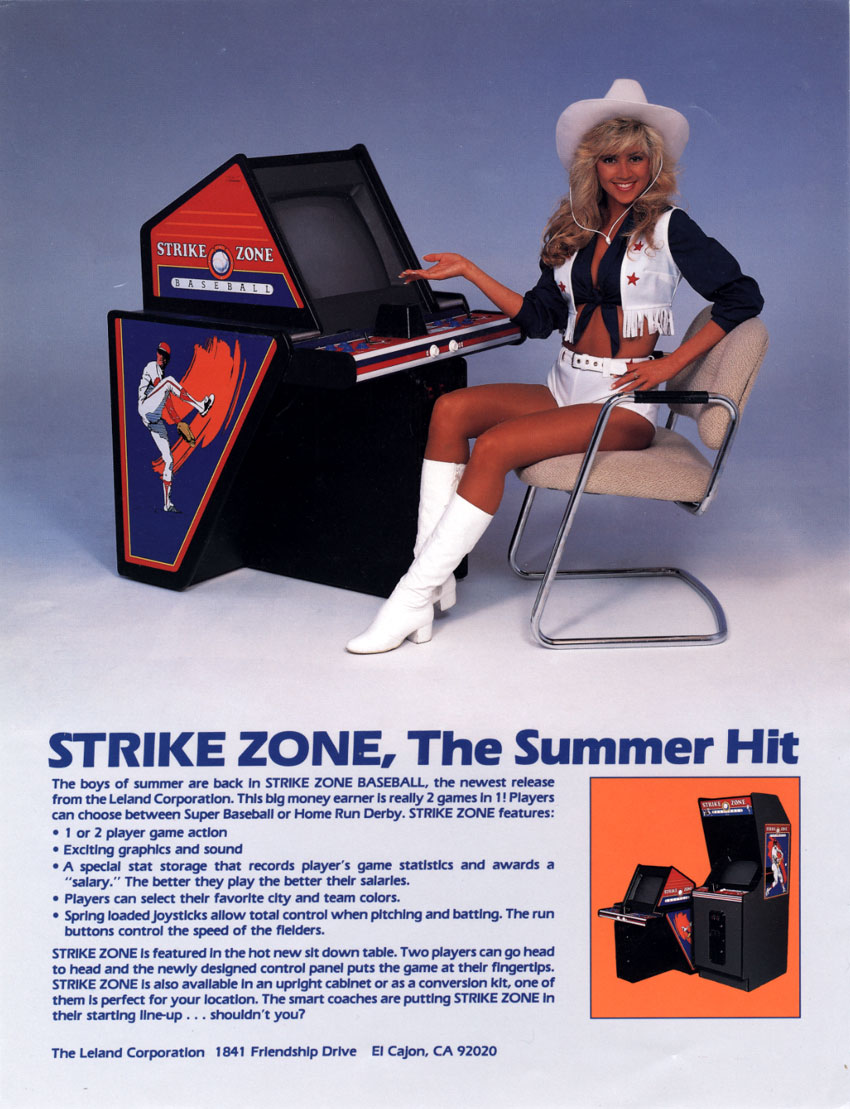


In conclusion, the 1980s and 1990s were transformative years for video games and their advertising. From the boom of arcade games to the subsequent collapse and revival of home consoles, these decades saw the birth of an industry that would go on to shape entertainment for generations. The old ads not only document the evolution of video games but also serve as a time capsule for those who remember the excitement and magic of those early days.
Video
Check out the video “Every 90’s Commercial Ever” for a blast from the past with iconic ads!



